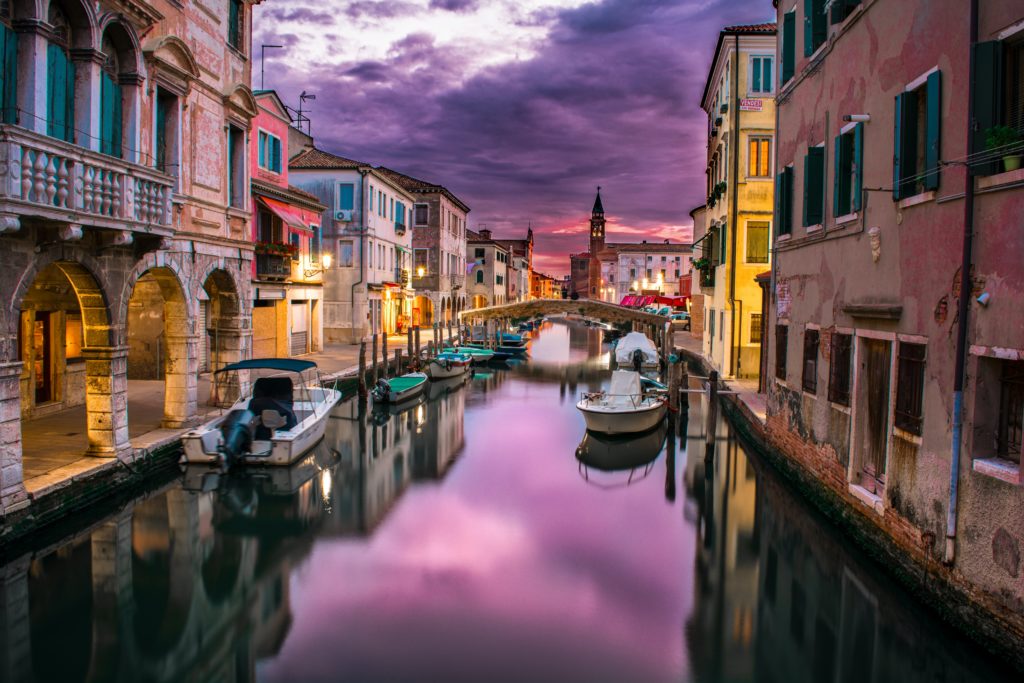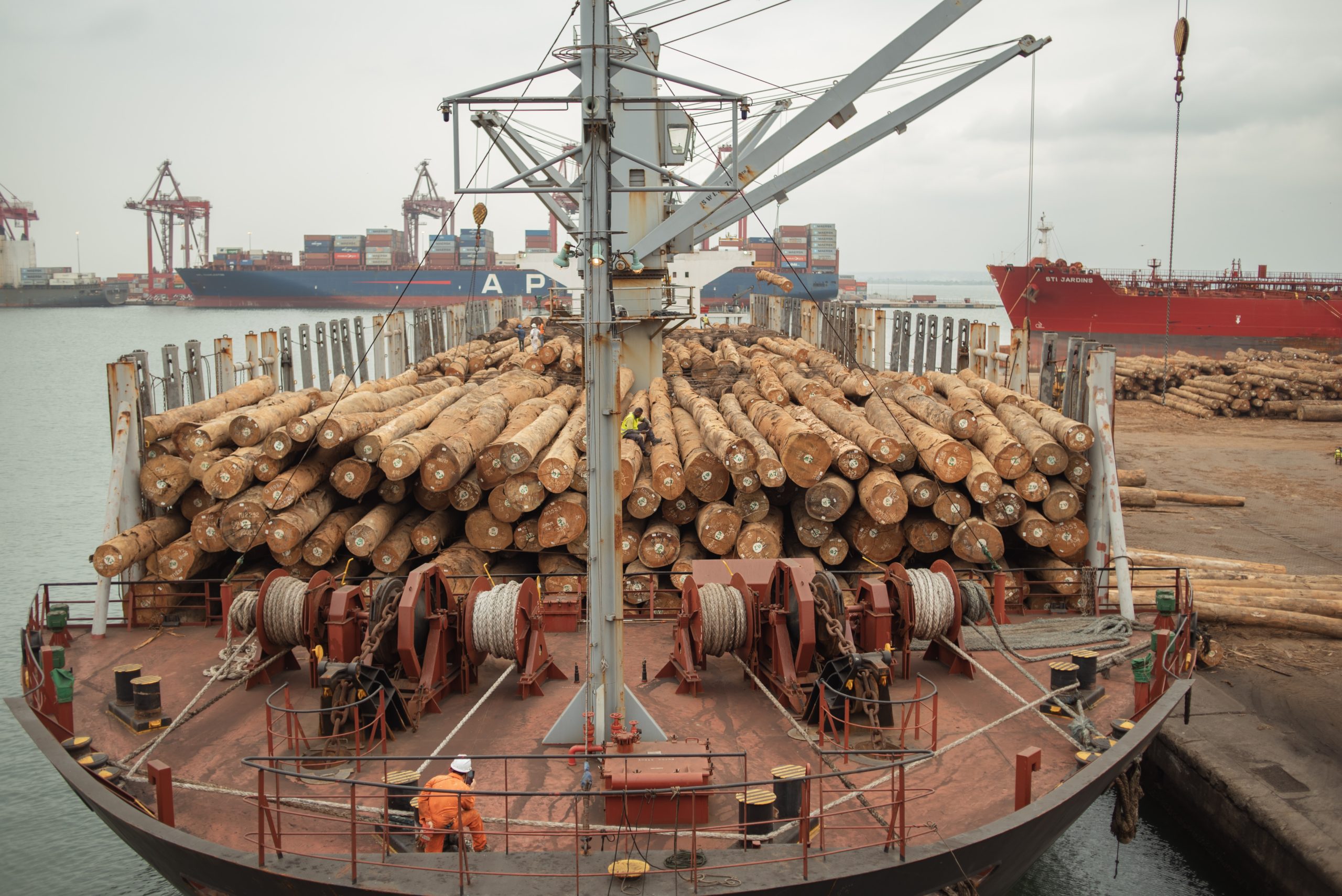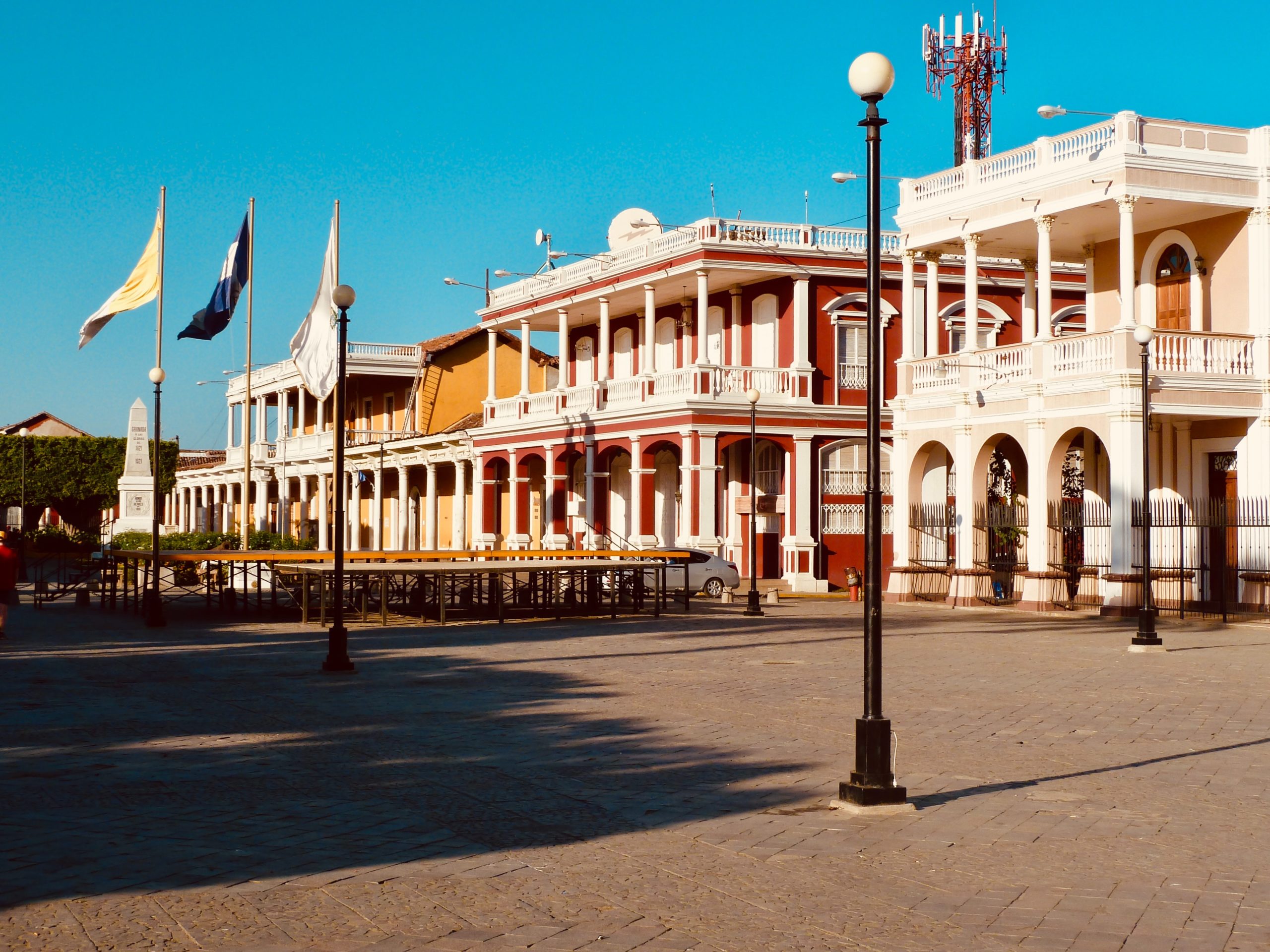The effects of world wars destroyed Italy’s early economy, which was centered on agriculture. The country started on the path to industrialization, which fueled its growth. A large labor force as well as the founding of the European Common Market in 1957 both contributed to the success of Italian industrialization. Between 1951 and 1963, the Italian economy’s estimated average GDP growth was 5.8%, and between 1964 and 1973, it was 5%. However, as unemployment and inflation increased, the 1970s experienced a period of social upheaval as well as economic and political chaos. Small and medium-sized businesses, jewelry, leather goods, textiles, machine equipment, garment manufacture, furniture, and shoes, among other things, developed as a result of reforms introduced in the 1980s. The Great Recession had a huge impact on the Italian economy, but it recovered. Italy’s economy currently ranks as the eighth-largest by nominal GDP and the twelfth-largest by GDP in terms of purchasing power parity (PPP).
The leading industries are briefly explained in this article.

Tourism industry
It is estimated that 11.8% of Italy’s GDP and 12.8% of all jobs come from tourism. The nation has 51 UNESCO World Heritage Sites, more than any other nation on earth. Among the most popular tourist destinations in the nation are the towns of Pisa, Rome, Florence, Trento, Venice, Trieste, Milan, and Turin. Italy receives a flood of tourists from nations including Germany, China, Austria, the US, Switzerland, France, and the UK. Italy received about 48.6 million visitors in 2014, ranking fifth globally in terms of the total number of visitors from outside. Nearly 36 billion euros, or 7.2% of the value of Italy’s exports, were generated by foreign visitors in 2015. According to numerous forecasts, it will exhibit growth over the following few years.
Manufacturing industry
Italy has more small and medium-sized businesses than giant worldwide multinational corporations, the majority of which are organized in clusters. These businesses can endure competition from developing economies because they specialize in high-quality products and cheaper labor costs. With a network of private businesses, the north is primarily industrialized. Italy’s automobile industry was able to grow thanks to the establishment of the Fiat Company in Turin in 1899. Following the creation of more auto factories in Naples, Milan, and Brescia, the industry became dispersed. The 1970s stagnation of the sector started to improve in the 1990s. One of the countries with the highest per-capita car ownership rates is Italy. Since the 1990s, the iron and steel sector in Italy has been privatized. In Trieste, Genoa, Taranto, and Piombino, four sizable iron and steel mills from the previous republic are still in operation. The “Industrial Triangle,” which connects Milan, Turin, and Genoa in northwest Italy, is known for its contemporary cluster of industries centered on automobile, mechanical, aerospace, and naval manufacture. Small companies with great craftsmanship and minimal technology can be found in the central and northeastern regions. For instance, Sassuolo is well-recognized for making ceramic tiles, while Nogara is well-known for making wooden furniture. Other companies focus on producing textiles, jewels, shoes, clothes, machine tools, appliances, and replacement components. Additionally, there are several chemical, food, and beverage manufacturers in Italy.
Agricultural industry
In 2010, 12.7 million hectares of land, or 1.6 million farms, were recorded in Italy. These farms make up about 63% of Italy’s total land area. The majority of farms are run by families, and they cover an average area of eight hectares. With the Land Reforms Act (1950), which redistributed land and facilitated efficient use of land, agricultural productivity in the country exploded. After that, the statute was changed to address its flaws. 31% of agricultural land is made up of grain fields, while vineyards and olive tree orchards take up 8.2% and 5.4% of the total area, respectively. 2.4% of the land is used for horticulture and 2.4% for sugar beets. While wheat and citrus fruits are mostly grown in southern Italy, dairy products, fruits, beef, soybeans, rice, and sugar beets are grown there as well. The most well-known wines in the world, such as Tuscan Chianti, Piedmontese Barolo, Frascati, and Barbaresco, are all produced in Italy. Fruits including oranges, kiwifruit, peaches, olives, plums, lemons, apples, cherries, apricots, and grapes are among the top fruits produced in the nation. The livestock and fishing industries are also growing in Italy.
Service sector
The service industry in Italy is still expanding. The service industry employs 68% of Italians and accounts for 74% of the country’s GDP. In medieval Italy, the banking industry was thriving, and it continues to be a significant part of the country’s economy today. Regarding market capitalization, UniCredit Bank is one of the best in Europe. The Assicurazioni Generali, the second-highest revenue insurance firm in the world, is based in Italy. An extensive network of banks and other credit institutions provides services to the people of Italy. The booming travel and tourism sector has sparked the growth of the hotel and lodging sector as well as tour operators.





